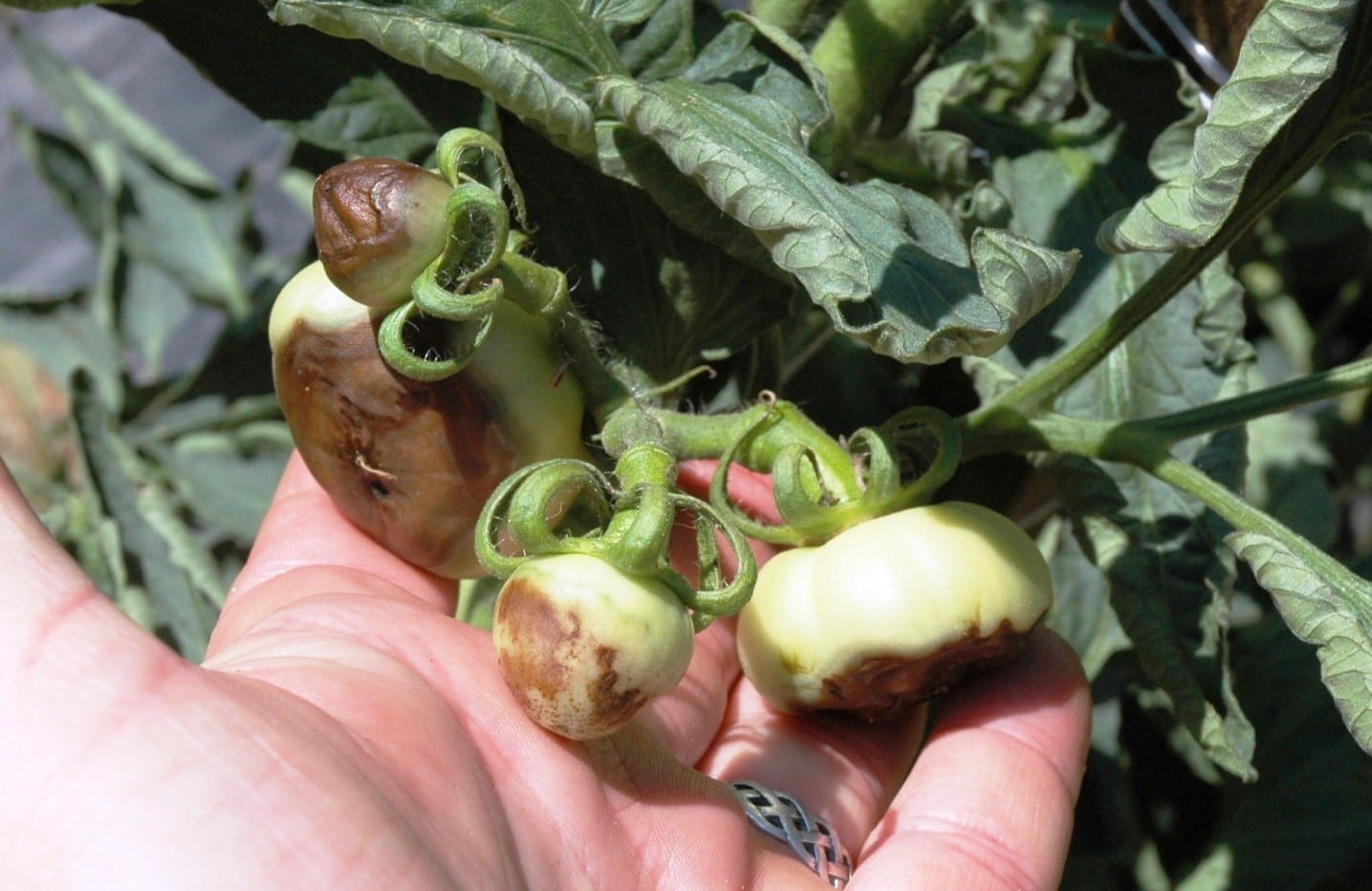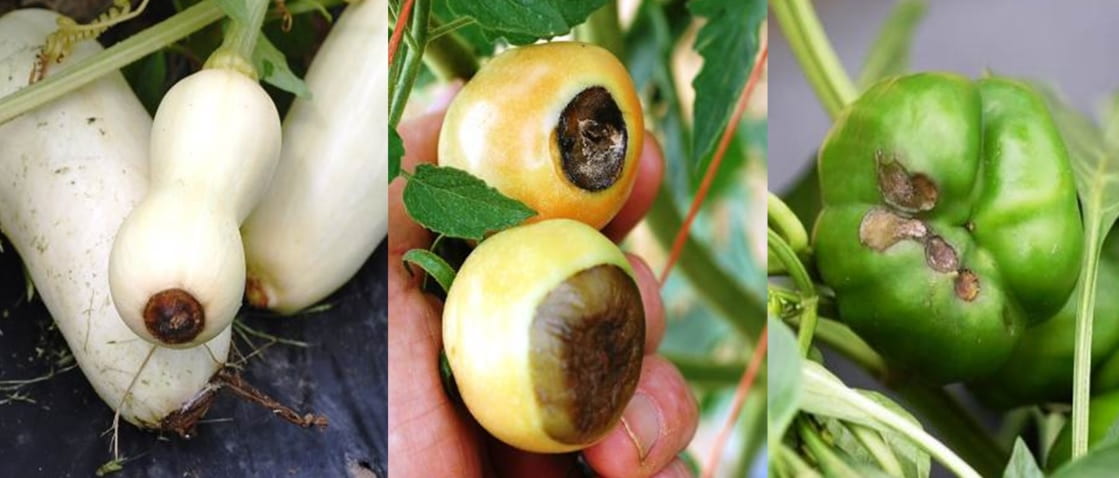By Agustina Salas (Candidate for B.S. in Biology Pontificia Universidad Católica de Chile) & Macarena Farcuh, Ph.D., UMD
What is superficial scald in apple fruits and what causes it?
Physiological disorders correspond to abnormalities that can occur in any of the apple tissues, and can result in loss of quality, marketability, and profitability, leading to increased loss and wastage of apples. These disorders are caused by abiotic factors such as genotype/genetic background, maturity at harvest, orchard/preharvest factors, seasonal variations, and postharvest storage conditions. It is important to mention that pathogens or mechanical damage do not lead to physiological disorders.
In particular, the physiological disorder of superficial scald in apples is the result of a chilling injury. Chilling injuries occur during cold storage at temperatures below the optimum range. During apple cold storage fruits can accumulate a-farnesene, a volatile compound present in the fruits’ wax layer. This compound can cause superficial scald when it oxidizes with atmospheric oxygen. Therefore, superficial scald generally develops during cold storage (more than 3 months in storage) but it is increased 3-7 days after taking the fruit out of cold storage.

Superficial scald is only restricted to the skin of the apples and usually on the shaded side. The symptoms appear as brown patches on the skin of the apple, which are diffuse (no defined edges between affected and unaffected skin) irregular, and light brown to dark brown to black in color. Superficial scald can also be accompanied by the development of a rough texture of the fruit.
Continue reading Superficial Scald in Apples: Strategies and Solutions


